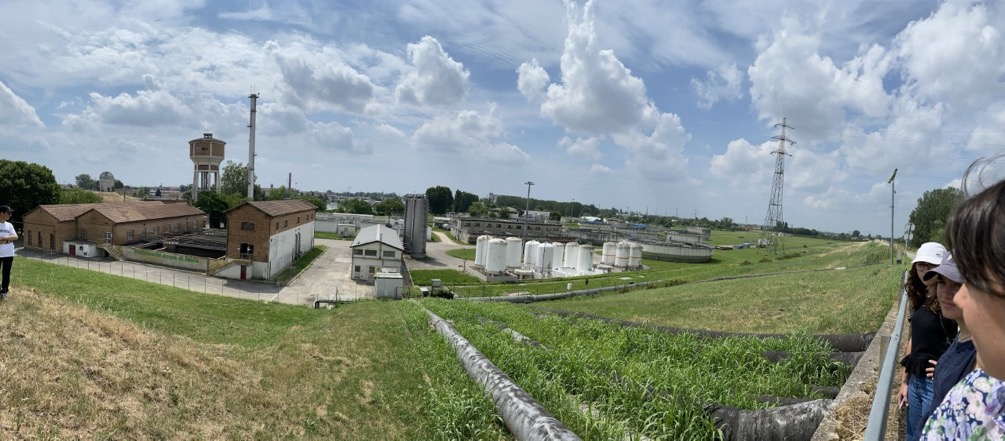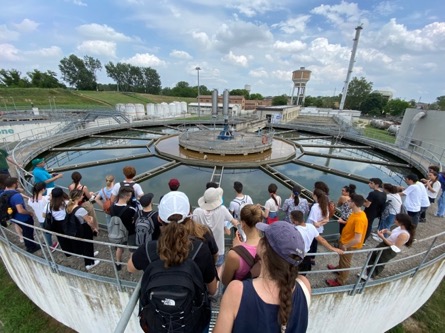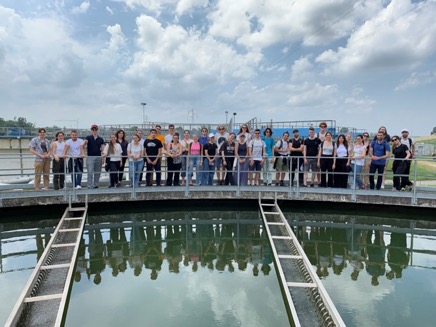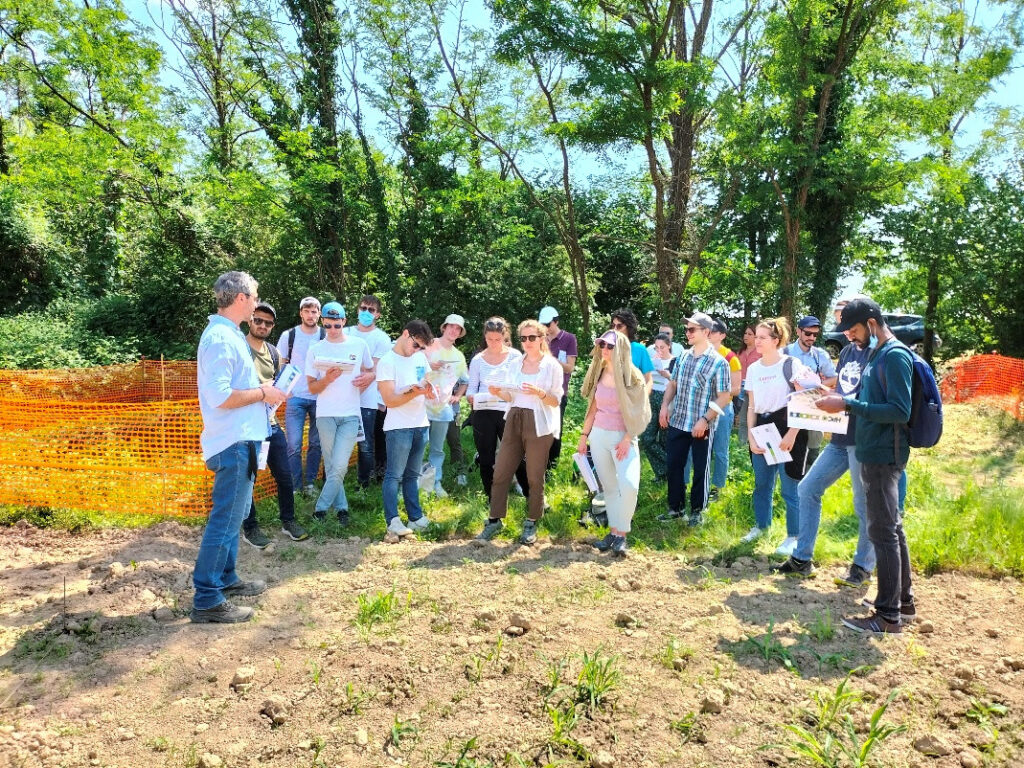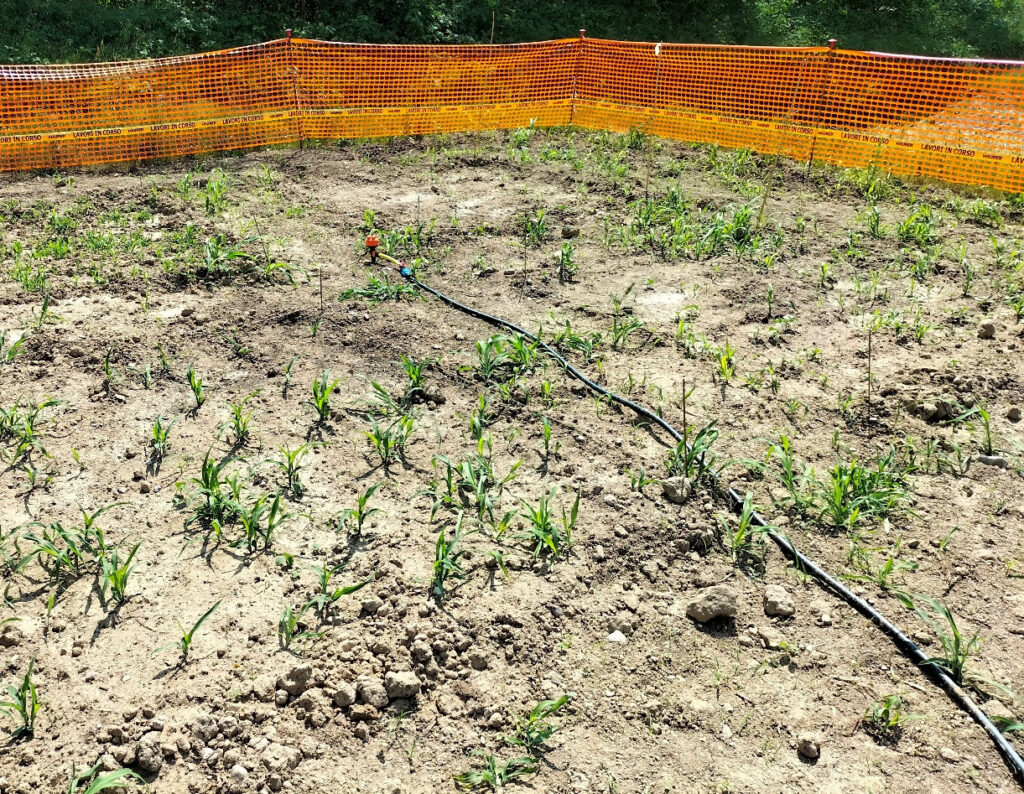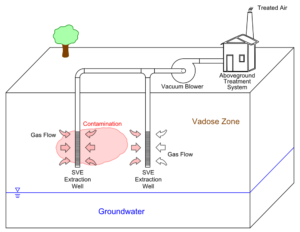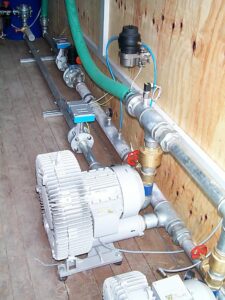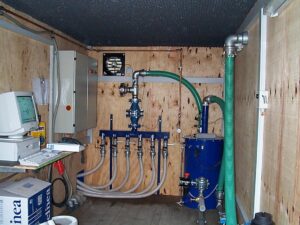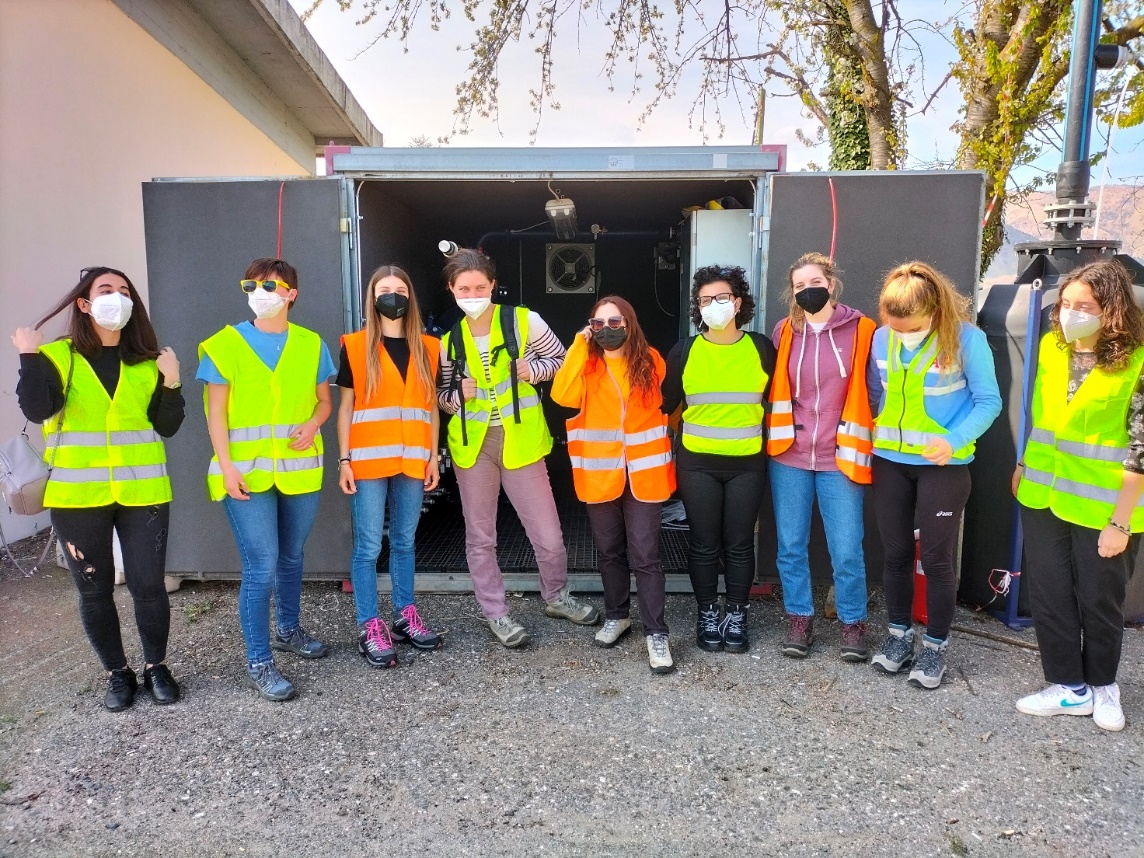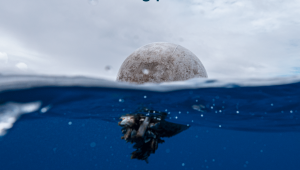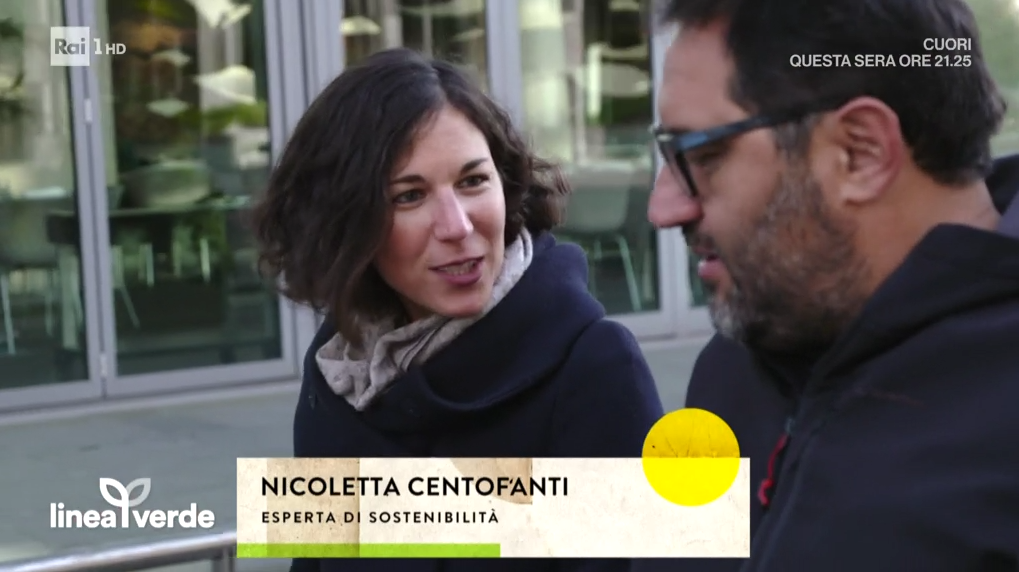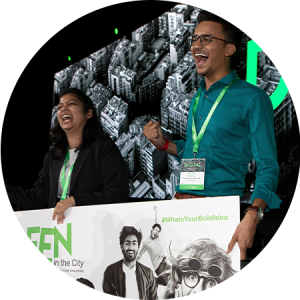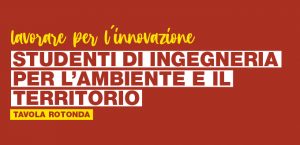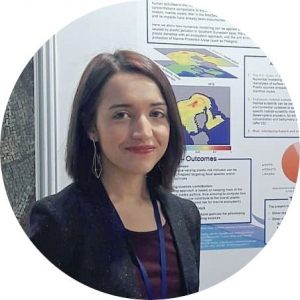Mercoledì 25 maggio 2022 noi studenti dell’insegnamento di Trattamento delle acque di approvvigionamento, tenuto dalla professoressa Manuela Antonelli, ci siamo recati a Ferrara per visitare l’impianto di potabilizzazione di Pontelagoscuro e poter vedere direttamente le unità operative studiate durante il semestre.
I gestori dell’impianto ci hanno guidato durante la visita. Per iniziare ci siamo recati vicino al fiume Po per vedere le pompe, protette da un pontile, che prelevano acqua per il 70% della richiesta dell’impianto. Il restante proviene dalla falda di subalveo: con questa modalità di estrazione l’acqua viene filtrata dallo strato di terreno in cui la falda si muove. In seguito, abbiamo assistito al controlavaggio di un letto in sabbia quarzifera della filtrazione rapida (l’emozione era alta), esclusivamente per noi è stato programmato in giornata. Le altre unità operative osservate sono state l’aerazione, la chiariflocculazione, l’ozonizzazione, le colonne di carbone attivo granulare e la linea fanghi. In particolare, il reattore in cui viene fatta ozonizzazione è interrato e chiuso per migliorare la solubilizzazione dell’ozono, per cui abbiamo visto l’insufflazione del gas tramite due oblò che si trovano in un piano sotterraneo. L’ozono viene insufflato tramite piattelli che si trovano alla base del reattore, per cui quello che si vede sono delle bollicine che salgono. Infine, per quanto riguarda la linea fanghi, l’impianto si è recentemente convertito a un nuova modalità di disidratazione che consiste nell’inserimento dei fanghi all’interno di grandi sacchi di tessuto drenante, che permettono all’acqua di fuoriuscire tramite pori. In conclusione, siamo andati alle vasche di accumulo, grandi quanto 10 campi da calcio, che, a nostra sorpresa, ospitavano grossi pesci.
Dopo la visita abbiamo creato il gioco di associare alle proprie personalità le varie unità operative viste, cercando di analizzare le caratteristiche e lo scopo di quest’ultime.
Facciamo qualche esempio proprio tramite la linea acque di Ferrara.
Si inizia con una vasca di accumulo, in quanto Ferrara è parzialmente approvvigionata dall’acqua del fiume Po, che in quanto acqua superficiale può essere esposta a variazioni temporanee di concentrazione di contaminanti. Siete persone che tendono a rimandare in continuazione impegni (o esami)? Vi muovete soltanto quando avete l’acqua alla gola? Allora siete proprio una vasca di accumulo!
Nel sedimentatore i solidi sospesi precipitano per gravità, chiaramente si può associare a quelle persone passive alla vita, che hanno come migliore amico il proprio divano.
Siete persone schizzinose nel cibo e nelle relazioni sociali? Siete selettivi in ogni vostra scelta? Siete una filtrazione rapida, che trattiene solo i solidi sospesi.
Tramite l’ozono, prodotto e conservato in loco, l’acqua viene disinfettata in modo aggressivo. Siete capricciosi, ma sapete lavorare duramente? Sapete già.
Se quando entrate voi tutti vi guardano e alle elementari eravate i primi ad essere scelti quando si facevano le squadre, allora siete una colonna di carbone attivo granulare, la “best available technology”. Questa unità operativa è efficacie per una molteplicità di inquinanti.
Lo studio è essenziale, ma complementare a momenti più pratici e, perché no, al divertimento. Tramite questa giornata ci siamo fatti un’idea delle dimensioni e dei problemi tecnici intrinseci ai processi di potabilizzazione, oltre che ad aver risolto alcuni nostri dubbi e curiosità.
Ti sei ritrovato in alcune di queste unità operative? No? Allora sappi che ce ne sono ancora tante altre. Vienile a scoprire al corso di Trattamento delle acque di approvvigionamento!
A cura degli studenti Francesca Neri, Riccardo Bonsignore, Lorenzo Comi, Mattia Rombaldoni, Camilla Berti

